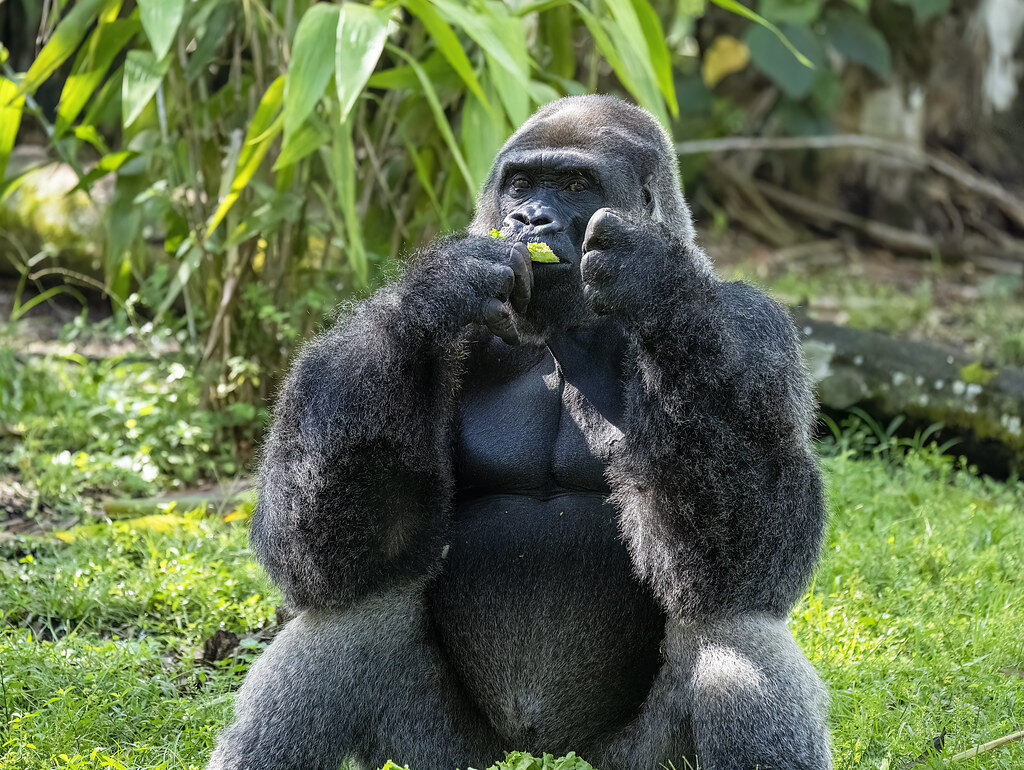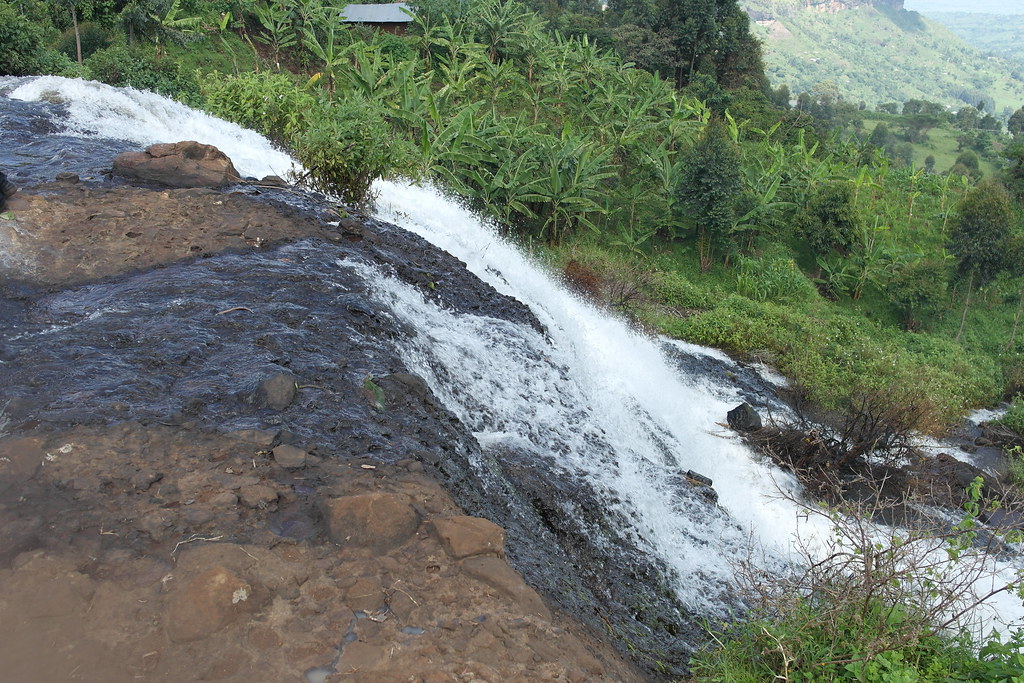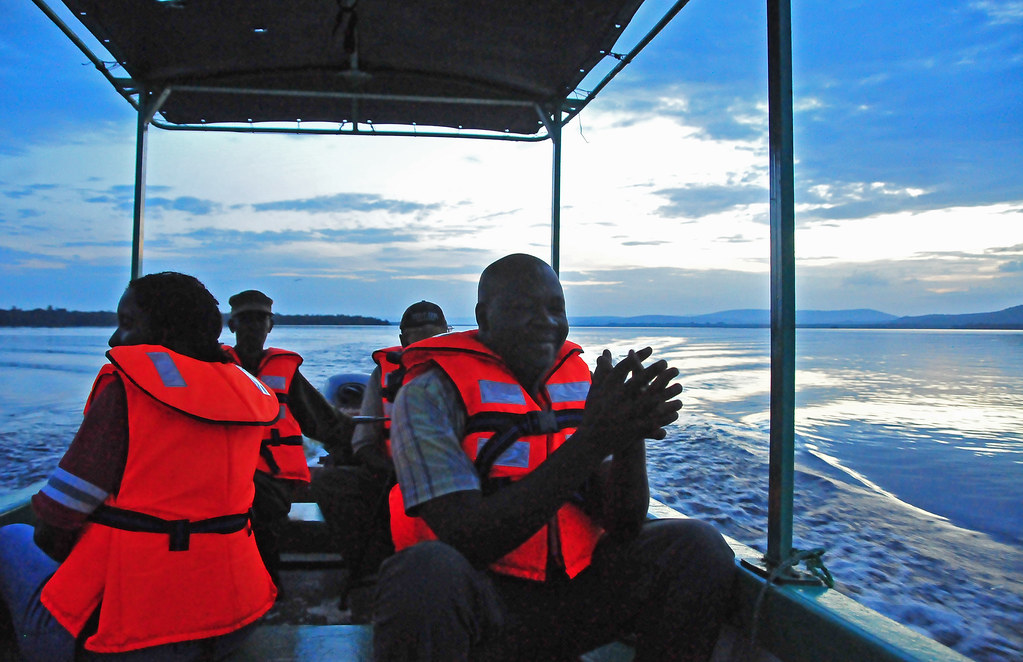
Exploring the Distinctions Between Lowland and Mountain Gorillas
Mountain Gorillas vs. Lowland Gorillas
The distinction between Lowland and Mountain Gorillas is not solely based on their geographical habitats; rather, their physical attributes are critically important. Lowland gorillas have shorter and lighter hair, whereas mountain gorillas have longer, denser, and darker fur. Compared to the gentler and shorter fur of lowland gorillas, the mountain gorilla’s fur is significantly shaggier. In addition to these pelt disparities, their habitats also differ.
Mountain gorillas are found in montane forests at the summits of mountains, while eastern lowland gorillas inhabit submontane forests at lower elevations. This habitat distinction is evident in their behavior and adaptation to the environment, as well as in their physical characteristics.
Lowland gorillas and mountain gorillas inhabit distinct geographic regions.
Lowland gorillas reside in Kahuzi Biega National Park in Congo, where they are accessible to those who are anxious to observe these extraordinary creatures. In contrast, mountain gorillas are located in the following national parks: Virunga National Park (Congo), Volcanoes National Park (Rwanda), Mgahinga Gorilla National Park, and Bwindi Impenetrable Forest National Park (Uganda). The selection of destination provides a wide range of experiences, with each park exhibiting the distinctive allure of these majestic primates.
Kahuzi Biega National Park: A Sanctuary for Lowland Gorillas
Kahuzi Biega National Park in Congo, which was established in 1970, has served as a refuge for the Grauer’s gorilla species, the largest of the four gorilla subspecies. The initial Lowland Gorilla trekking occurred in 1973, and it was subsequently recognized. The park, which is situated 30 kilometers from Bukavu town, is readily accessible by air and road, making it a gateway for individuals who are interested in the rare and exclusive experience of trekking Eastern Lowland gorillas.
Only two of the twelve gorilla families in the park are habituated and accessible to visitors for trekking. Chimanuka and Mugaruka, which are named after dominant silverbacks, are renowned. Chimanuka is home to one of the world’s largest gorilla families, which consists of over 36 individuals. Kahuzi Biega National Park is an ideal destination for lowland gorilla trekking enthusiasts due to the exceptional opportunity to observe these families in their natural habitat.
Safety Concerns: Gorilla Trekking in the Democratic Republic of the Congo
Historical challenges, such as civil and rebel wars, Ebola outbreaks, and other calamities, have raised concerns regarding the safety risks associated with gorilla trekking in the Democratic Republic of the Congo. Nevertheless, the DR Congo government, local authorities, and international organizations have recently made strides to reestablish stability, thereby facilitating tourism in the region. Tourists are increasingly choosing DR Congo over Uganda and Rwanda as a result of the more affordable gorilla trekking permits, which have been the result of the reopening of areas and national parks.
Gorilla Trekking in Kahuzi Biega National Park, Congo: An Overview of Permit Costs
A gorilla permit is necessary for gorilla trekking in Kahuzi Biega National Park, as well as in Uganda and Rwanda. Trek Africa Expeditions streamlines the permit booking procedure to guarantee availability for your preferred dates. Permit fees fluctuate:
USD 400 for non-residents
Residents of East Africa: $200
$20 for Congolese nationals
It is recommended that you obtain your permit in advance, as there are only two gorilla trekking companies in Kahuzi Biega National Park, and the availability is limited.
The optimal period to commence gorilla trekking in Kahuzi Biega National Park is as follows: Congo
Gorilla trekking is feasible year-round due to Congo’s tropical climate. Nevertheless, it is advisable to visit the drier season months of December, January, February, June, July, August, and September. In these months, the reduced vegetation enhances gorilla sightings, and the drier trails facilitate simpler walking. Travelers are advised to steer clear of the slightly damp months of March, April, May, October, and November, as the fully grown vegetation often causes trails to become slippery.
Selecting Accommodations for Your Gorilla Trekking Adventure
The accommodation options in Kahuzi Biega National Park are designed to accommodate a wide range of preferences and budgets. From budget-friendly options such as Hotel Begonias Bukavu and Exodus Bukavu to mid-range options like Coco Lodge Bukavu and luxury establishments like L’Orchids Safari Club, there is a diverse selection to accommodate all types of travelers. Trek Africa Expeditions guarantees availability and facilitates in the selection of the most suitable accommodations pursuant to your preferences.
The Beginning of the Journey: Traveling to Kahuzi Biega National Park for Gorilla Trekking
The Eastern Region of Congo is home to Kahuzi Biega National Park and Virunga National Park, which are the central locations for gorilla trekking. The journey typically entails flying into Kigali International Airport, connecting to Gisenyi town, traversing the Rwanda-Congo border to Goma town in DR Congo, and subsequently driving to the park headquarters. The commencement of your gorilla trek is reached after a two-hour journey from Gisenyi town.
They are the preferred choice for travelers desiring an authentic African safari experience due to their dedication to biodiversity conservation, wildlife preservation, and community upliftment. This guarantees a memorable and immersive gorilla trekking experience. We are available to assist with inquiries and reservations.


